Golf courses – big and small – cover a substantial amount of land. In fact, most of our modern 18 hole golf courses are routed over as much as 75ha / 185acres of land and often much more.
Even some of the world’s most unique, fun and charming golf courses – like Nuwara Eliya, Kingston Heath and Utrecht De Pan – cover an area as large as 100 acres or more.
To put that into some form of perspective according to Wikipedia “an acre is a unit of an area containing 4840 square yards which is approximately the same size as 1 football (soccer) pitch or 16 tennis courts”.
If you use this as a guide you start to get a good idea of how big these playing areas are.
More so you begin to appreciate the amount of work the golf superintendent (and team) have to manage from day to day.
Golf courses are becoming much more sustainable places of work and you could conclude that some of this is because of a reduction in high maintenance areas (like far rough areas) that would have in the past required high amounts of input and constant tender loving care.
Unfortunately, not every golf course started with the long-term future in mind although many golf courses today are finding ways of becoming more sustainable so that they can secure their future.
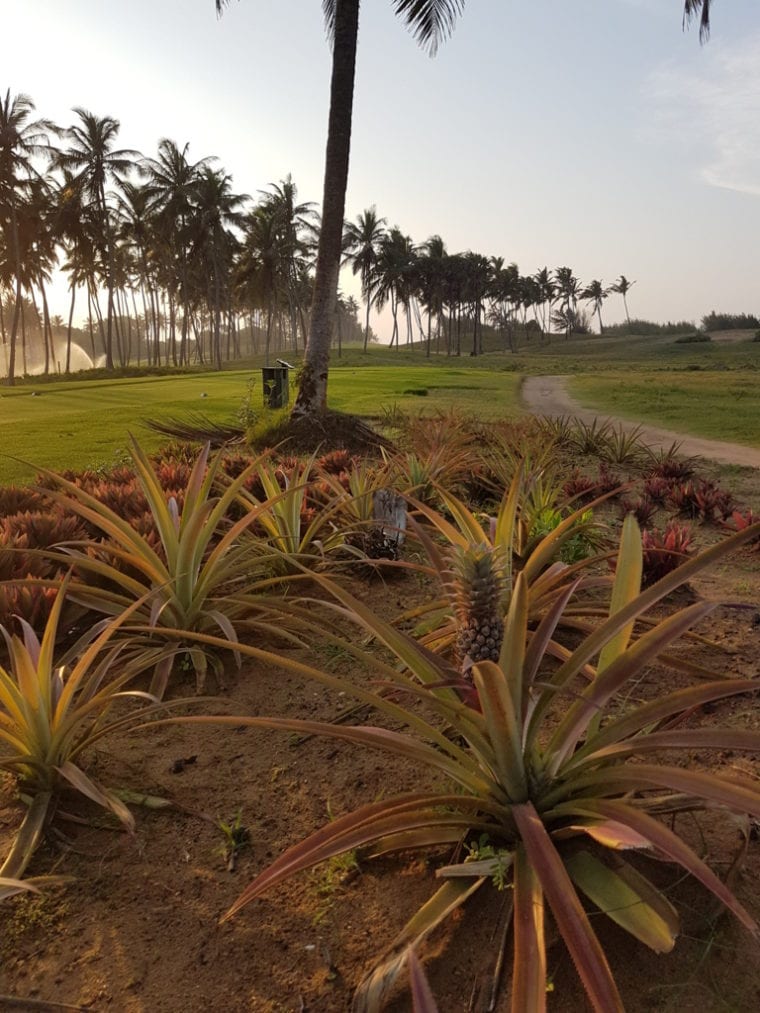
As a business, I don’t believe we have done ourselves any favors by designing, building and then highlighting (constantly) numerous golf courses that are excessive in every way.
The sad fact is that people outside of the business – looking for an opportunity to denigrate our game – use this opportunity to highlight that golf courses are a burden on the environment particularity given the way they look and the amount of input some consume over a large area.
The fact is that there are thousands of wonderful examples of golf courses that actually improve their space but sadly we don’t hear about these nearly enough.
Multi-purpose golf courses
One of the ways I believe we can improve the image of our game, reduce the maintenance scope and also improve the golf course experience is for more facilities to be designed to serve multiple uses.
In the past golf courses were much more than just golf courses. In places like Scotland, the courses were (and sometimes still are) treated as common land by the residents of the nearby town and used for recreational activities other than just golf.
In fact, not too long-ago golf courses were used for all manner of purposes, from being a place for animals to graze to, somewhat oddly, laundering clothes.
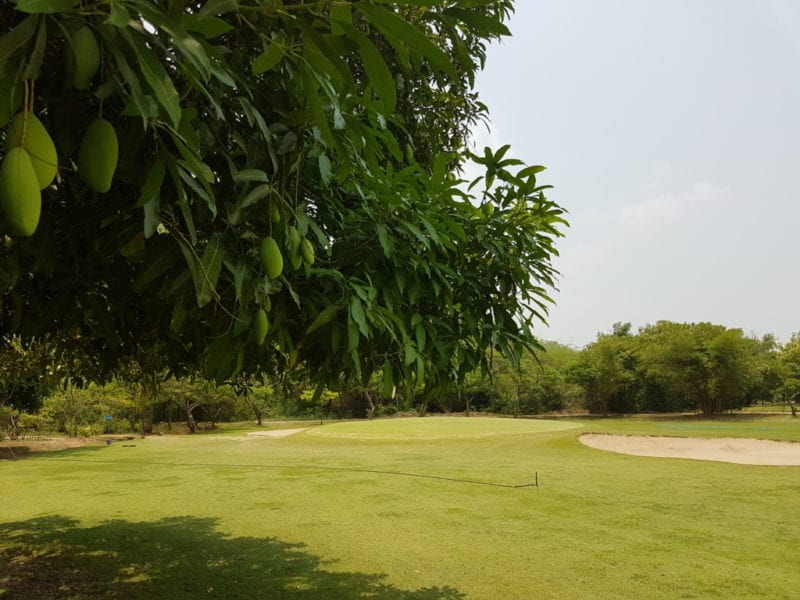
Edible golf courses & sustainability
With respect to a multi-use facility what if one were to grow an edible crop on a golf course OR route new holes to take advantage of an existing crop(s) OR regenerate a lost system back into existence.
Of course, having an edible crop on a golf course is not a new phenomenon as I got to experience recently when I spent nearly a month in Southern Asia touring some of the region’s most unique, sustainable and edible golf courses.
The new Shangri La Hambantota golf course near the city of Hambantota – on the southern tip of Sri Lanka is routed on approximately 100 acres of coastal terrain.
The arrival is highlighted by thousands of coconut trees that dot the landscape and frame many of the golf holes. In this instance, the coconut trees give the golf course an identity – at least for many of the holes.
Recently Peter Haarhof (Golf superintendent) and Romain Pourveer (the Director of Golf) came up with the novel idea of growing pineapples – Sri Lanka’s national fruit – in some of the rough areas.
In this regard, up to 15 000 pineapples have been planted which has helped create a remarkable scene and one you can’t quickly forget. These pineapple areas now require less input than before and are less labor-intensive too.
Add to that the pineapples (and coconuts) are used at the facility so this initiative has helped create a win-win situation for everyone.
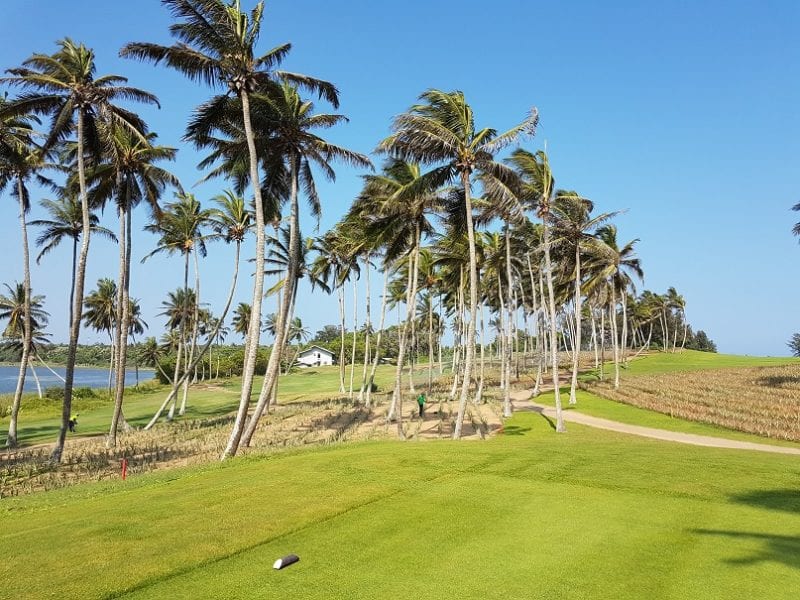
Myanmar‘s largest fruit export is mango which can be found in droves across the country and particularly in the area surrounding Mandalay where you will find two remarkably beautiful golf courses: The Yay Tagon Taung Golf Club and Shwesaryan Golf Resort.
The design of both these golf courses embraces a less is more doctrine (design LESS man-made features giving golfers an opportunity to appreciate MORE of the surrounds).
Existing mango trees surround many of the holes and at times add strategic interest. In this case, golfers must maneuver their ball over, under or around these fruit trees to get to the target.
As the mango fruit drops to the ground they are collected and then consumed by the local maintenance staff or any golfer wanting a diet of this tropical fruit.
Nothing goes to waste as overripe fruit is a source of food for some of the native birdlife and wildlife – like the monkeys that make their way down from the mountains to eat from time to time.
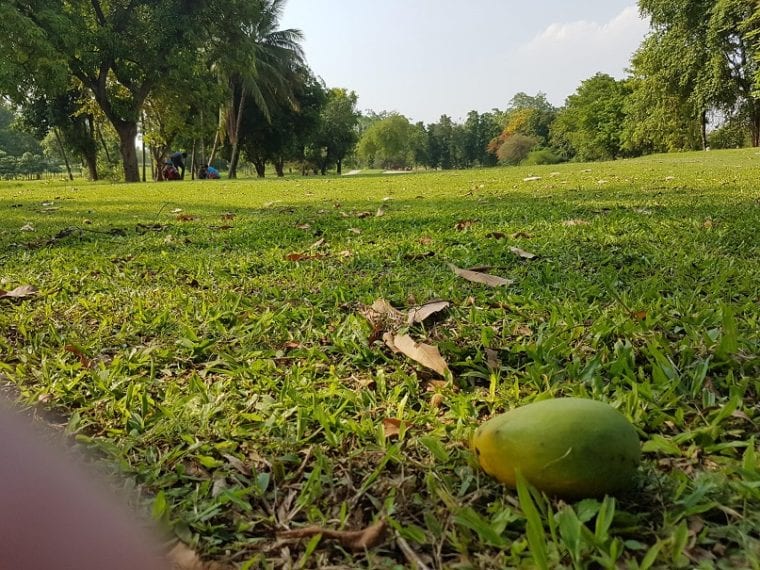
The rice paddy fields bounding 4 of the holes at the Laguna Lang Co Resort in Vietnam is a case of regenerative design.
The rice paddy fields lay fallow for many years before the golf course was constructed but have been bought back into existence and now make up as much as 5ha of the golf course property where they influence the play both visually and strategically.
Importantly when all the rice paddy fields are shown they can produce as much as 30 tons of rice from two harvests a year – this rice is then used at the resort or distributed to the locals.
This is a unique feature on a golf course – although not unique for Vietnam – and thus golfers playing a round of golf at Laguna Lang Co will get a real sense of place generated from this very edible feature.
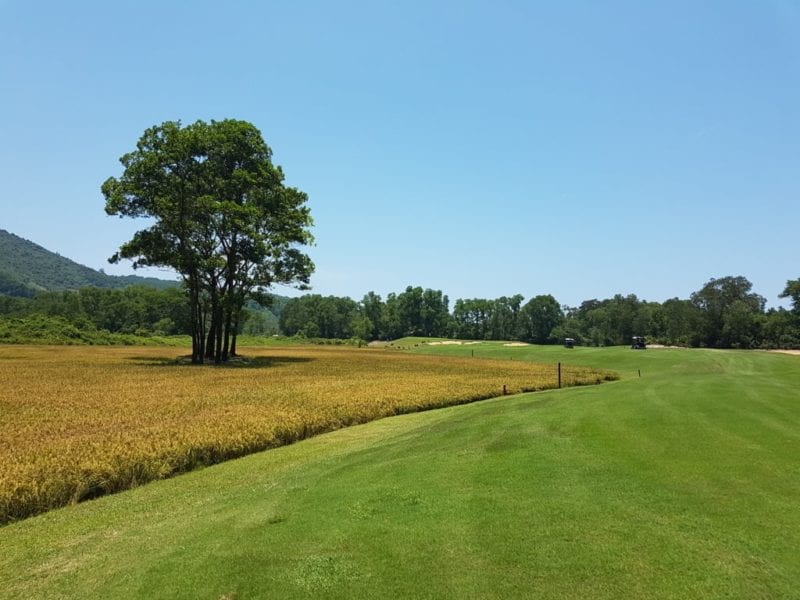
As golf grows why not more golf courses with an edible crop. The benefits are real not only on the golf course but off it as well and that can’t be a bad thing.
About the Author
Paul Jansen is the principal architect for Jansen Golf Design.
Paul joined Faldo Design in 2004 – the golf design office for Sir Nick Faldo.” I have been fortunate to work with Sir Nick Faldo as an associate and Lead Architect on golf projects in the Asian, European and African continents.”
In 2011 Paul established Jansen Golf Design with offices in Asia and the Americas.
